Stiffness in Art & Design: Material Explorer
Select a material below to learn how its stiffness affects visual perception and artistic expression.
Steel
200-210 GPa
Sharp, industrial, high visual weight
Aluminum
69-79 GPa
Light-metallic, slightly softer than steel
Hardwood
10-13 GPa
Warm, grainy, moderate rigidity
Polymer (PLA)
2-3.5 GPa
Smooth, low visual weight, easy to manipulate
Digital (Vector)
n/a
Infinite scalability, perceived as "weightless"
Stiffness in art translates to visual weight, predictable behavior, and emotional tone. Stiff materials like steel or hardwood suggest stability, authority, and structure, while flexible materials such as silk or polymer imply movement, vulnerability, or warmth.
By combining stiff and flexible elements in your compositions, you can create visual tension and emotional contrast.
Impact Analysis
Select a material and click analyze to see its visual and emotional impact.
Quick Take
- Stiffness is a physical property that translates into visual weight, tension, and narrative in artwork.
- Different materials (metal, wood, digital media) bring distinct levels of rigidity that affect composition.
- Artists can harness or subvert stiffness to evoke emotions ranging from stability to restraint.
- Historical movements like Bauhaus and Minimalism deliberately used rigidity as a design language.
- Modern tools (CAD, 3D printing) let creators fine‑tune stiffness for both functional and aesthetic goals.
When we talk about stiffness in art, we’re not just describing how hard a sculpture feels to the touch. It’s a visual and conceptual cue that tells the viewer where the piece costs energy, where it holds together, and where it might break. Below we’ll unpack what stiffness really means, why it matters to creators, and how you can use it to sharpen your own expression.
Stiffness in art and design is a concept that links the physical rigidity of a material or form to its visual impact, emotional tone, and functional behavior within a creative work. In practice, the term draws from engineering (think Young’s modulus) and applies it to aesthetics: a steel beam in a sculpture feels “stiff”, while a flowing fabric feels “soft”. Both extremes can be powerful, but they work in very different ways.
Understanding stiffness helps you answer three practical questions:
- Which material or technique will give my piece the structural presence I need?
- How can I create visual tension by contrasting stiff and flexible elements?
- When should I deliberately subvert stiffness to break expectations?
Why Stiffness Matters: From Physics to Perception
At its core, stiffness is measured by the ratio of applied stress to resulting strain - the classic engineering definition captured by Young's modulus (a material‑specific constant that quantifies resistance to deformation). While artists rarely calculate numbers on the spot, the principle translates directly to visual language:
- Visual weight - Stiff objects appear denser, anchoring a composition.
- Predictable behavior - Rigid forms suggest stability, order, or authority.
- Emotional reading - Stiffness can convey tension, constraint, or even coldness.
Conversely, flexible or “soft” elements communicate movement, vulnerability, or warmth. By balancing these cues, designers sculpt narratives without a single word.
Material Rigidity: How Different Media Influence Stiffness
The choice of material is the most direct way to control stiffness. Below is a quick comparison of common art and design media, focusing on three attributes: typical Young’s modulus (in gigapascals, GPa), visual effect, and frequent applications.
| Material | Typical Young’s Modulus (GPa) | Visual / Tactile Effect | Common Artistic Use |
|---|---|---|---|
| Steel | 200‑210 | Sharp, industrial, high visual weight | Sculpture, architectural installations |
| Aluminum | 69‑79 | Light‑metallic, slightly softer than steel | Modernist furniture, kinetic art |
| Hardwood (oak) | 10‑13 | Warm, grainy, moderate rigidity | Furniture design, wooden carving |
| Polymer (PLA for 3D printing) | 2‑3.5 | Smooth, low visual weight, easy to manipulate | Prototyping, decorative objects |
| Digital (vector graphics) | n/a (virtual) | Infinite scalability, perceived as “weightless” unless rendered with shading | Branding, UI/UX, illustration |
Notice how the numbers line up with the feeling each material gives a viewer. Heavy‑metal steel feels unyielding; a thin polymer feels almost ethereal. When you blend these in a single piece, you create a conversation between stiffness and softness.
Historical Movements that Embraced Stiffness
Stiffness isn’t a new concept. Several art and design movements turned rigidity into a visual manifesto.
Bauhaus (an early‑20th‑century school that merged craft, technology, and fine art) celebrated geometric, grid‑based layouts. The emphasis on straight lines and steel construction made stiffness a symbol of progress.
Minimalism (a post‑1960s movement that stripped art to its essential forms) relied on hard‑edge canvases, industrial materials, and uniform surfaces. By removing decorative softness, the works forced viewers to confront the sheer material presence.
Even in fashion, designers like Giorgio Armani (renowned for clean lines and structured tailoring) used stiff tailoring to convey authority and elegance.
These examples show that stiffness can be a deliberate, ideological choice, not just a technical constraint.
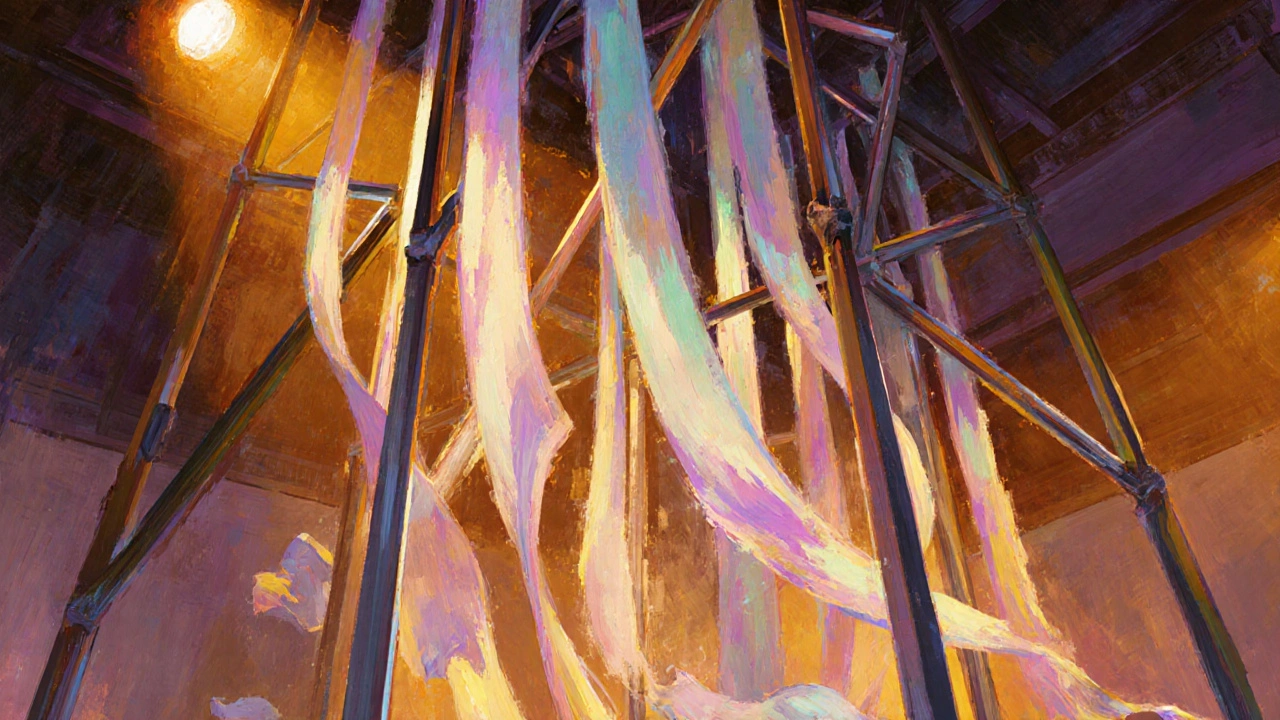
Modern Tools: Tuning Stiffness with Technology
Today, digital fabrication lets creators customize rigidity down to the millimeter.
Computer‑aided design (CAD) (software that models geometry and can simulate material behavior) includes stress‑analysis plug‑ins. Designers can preview how a 3D‑printed part will flex under load, adjusting wall thickness to get just the right amount of give.
3D printing (additive manufacturing that builds objects layer by layer, allowing variable infill density) gives unprecedented control: you can print a sculpture where the base is dense (high stiffness) and the arms are lattice‑structured (low stiffness), creating a built‑in narrative of support versus freedom.
Even in graphic design, vector‑based animation tools (software like After Effects that lets you animate shape rigidity via easing curves) simulate “stiffness” through motion, making UI elements feel solid or bouncy.
Practical Strategies: Using and Subverting Stiffness in Your Work
Here are actionable tactics you can apply right away, whether you work with paint, metal, or code.
- Anchor with a stiff element. Place a high‑rigidity object (e.g., steel core, bold typeface) at a composition’s focal point to create a visual anchor.
- Contrast with flexibility. Pair the anchor with a soft, flowing element (fabric, watercolor wash, fluid animation) to generate tension and dynamism.
- Manipulate scale. Small stiff details feel sharp; large stiff surfaces can overwhelm. Adjust size to balance visual weight.
- Play with surface finish. A matte, rough stiff material feels more “organic” than a polished one, affecting the emotional reading.
- Introduce intentional flaws. Cracks or bends in a traditionally stiff medium (metal, stone) can convey vulnerability or narrative progression.
- Use digital simulation. Run a finite‑element analysis in CAD to predict where a sculpture will bend under its own weight, then design supports accordingly.
When you deliberately break the rule-making a traditionally stiff material appear soft, or rendering a soft concept with harsh geometry-you create surprise, which is a powerful hook for viewers.
Case Studies: Stiffness in Action
Case 1: Metal‑and‑Fabric Installation
An artist combined welded steel rods (high stiffness) with cascading silk ribbons (low stiffness). The steel formed a geometric skeleton that held the space, while the silk added movement driven by air currents. Viewers reported feeling both stability and lightness, illustrating the dual narrative.
Case 2: Minimalist Digital Interface
A UI designer used a solid, dark button with no hover animation (stiff) next to a floating, translucent call‑to‑action (soft). The contrast made the primary action feel weighty and trustworthy, while the secondary option felt exploratory.
Case 3: 3D‑Printed Architectural Model
Using variable infill, the architect printed a façade where the lower floors had 100% infill (rigid) and the upper levels used 30% infill (flexible). The model visually communicated a building that is grounded yet adaptable, resonating with investors looking for both stability and innovation.
Common Pitfalls and How to Avoid Them
Even seasoned creators stumble over stiffness. Here are the most frequent mistakes:
- Over‑rigid composition. Too many stiff elements can make a work feel static and oppressive. Counterbalance with movement.
- Ignoring material limits. Using a brittle material for a large load leads to failure. Run simple stress tests or consult material charts.
- Misreading audience expectations. A corporate report benefits from stiff, clean typography; a children’s book thrives on soft, rounded forms.
- Neglecting scale. A tiny stiff detail can get lost, while an oversized stiff shape can dominate unintentionally.
Address each by asking, “What feeling does this element convey?” and “Does the material support that feeling at this size?”
Next Steps: Applying Stiffness to Your Own Projects
Pick one of the following mini‑actions today:
- Sketch a composition that includes a single stiff shape and a soft shape. Note the visual balance.
- Choose a material you usually avoid because it’s “too hard” (e.g., PVC) and create a small study.
- Open your favorite CAD software, assign a material to a simple object, and run a stress simulation.
Reflect on how the perceived rigidity changes the narrative. Then iterate, adding or subtracting stiffness until the story feels right.
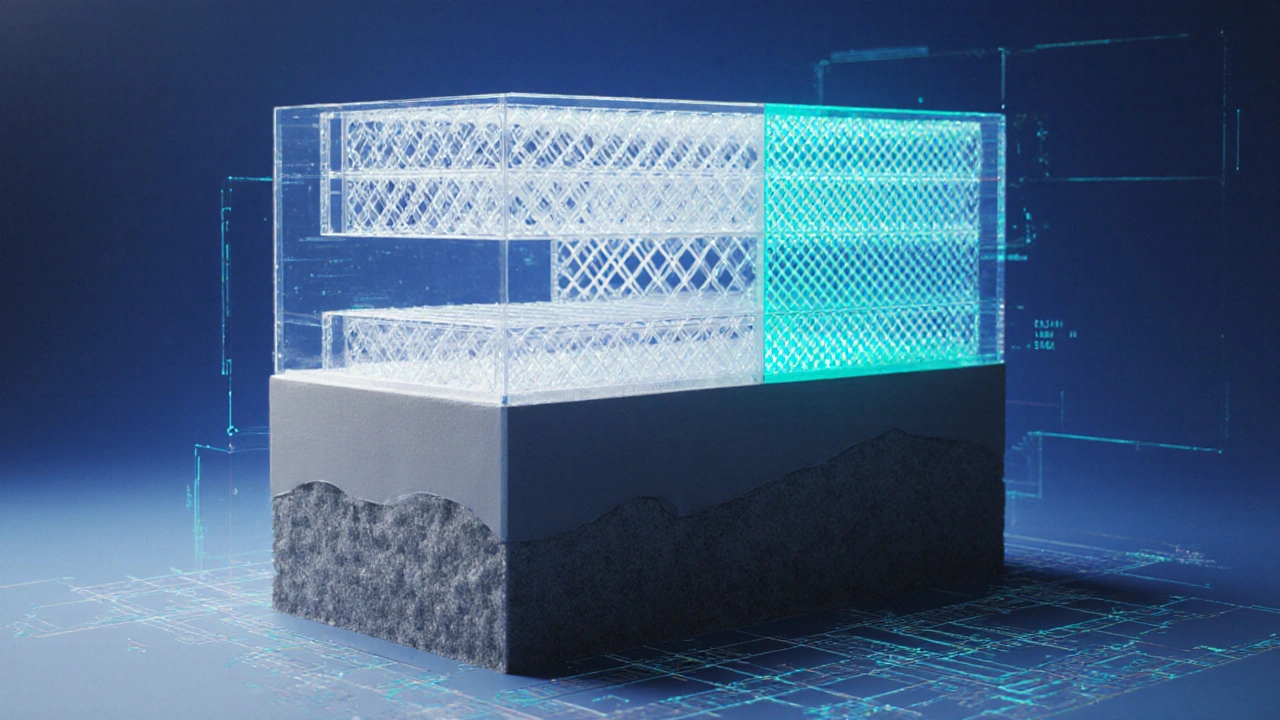
Frequently Asked Questions
What does ‘stiffness’ mean in a visual context?
Visually, stiffness translates to a sense of weight, rigidity, or resistance to change. It shows up as sharp edges, solid forms, and materials that seem hard to deform.
Can I make a soft‑looking piece using a stiff material?
Yes. Techniques like surface sanding, matte finishes, or incorporating fluid forms can soften the visual impact of steel, concrete, or hard plastics, creating a surprising contrast.
How does 3D printing let me adjust stiffness?
By changing infill density, wall thickness, and selecting different filament types (e.g., PLA vs. PETG), you can print sections that are nearly solid or deliberately porous, tailoring rigidity to the design’s narrative.
Is stiffness always a good thing for user‑interface design?
Not always. Stiff UI elements feel trustworthy, but overusing them can make an interface feel rigid and uninviting. Pairing solid buttons with subtle motion cues adds approachability.
Where can I find reliable stiffness data for unconventional materials?
Technical datasheets from manufacturers, engineering handbooks, and academic material‑property databases (e.g., MatWeb) list Young’s modulus and related metrics for most industrial and artistic materials.

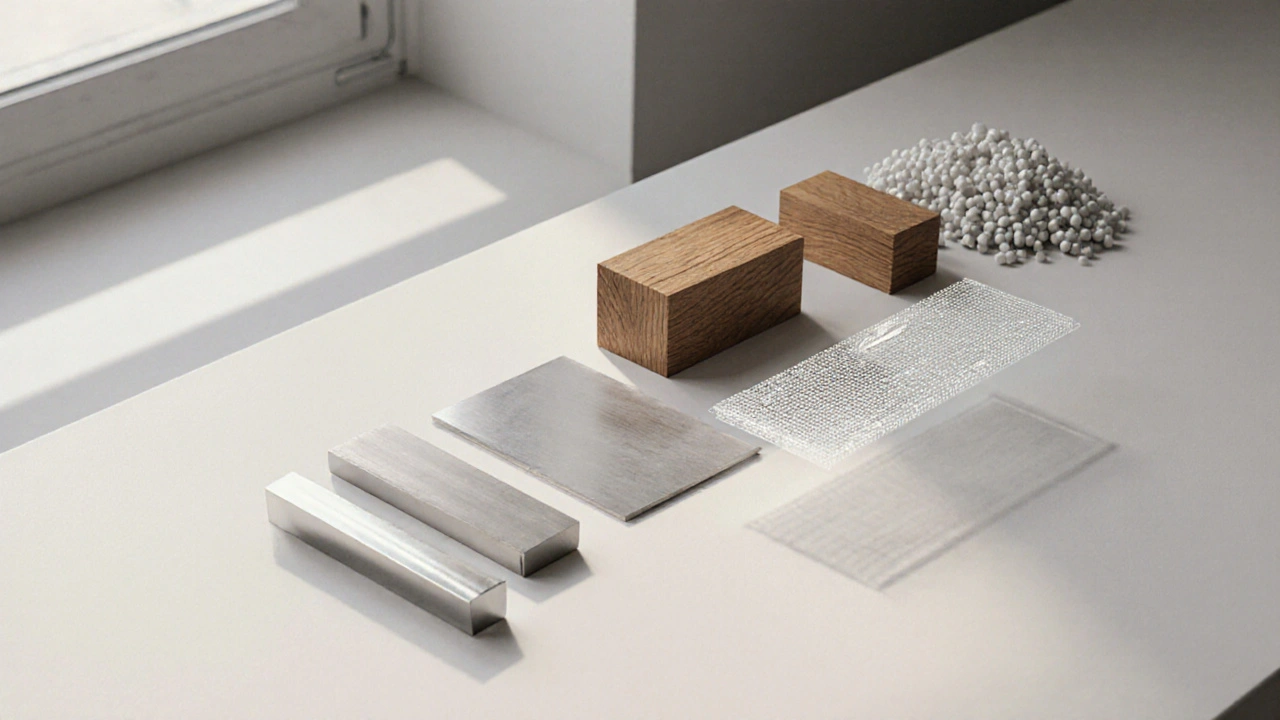

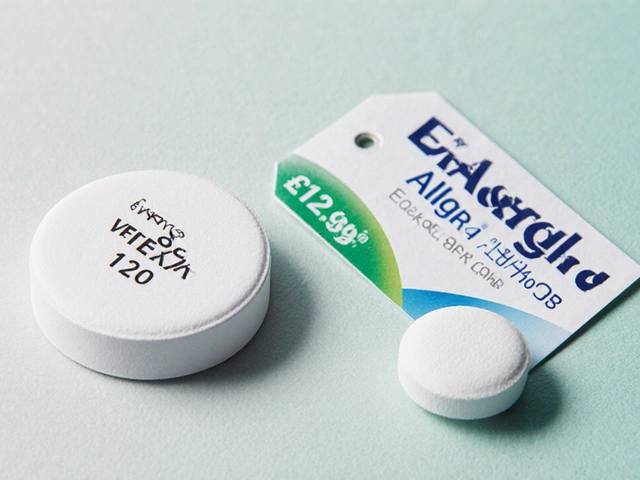
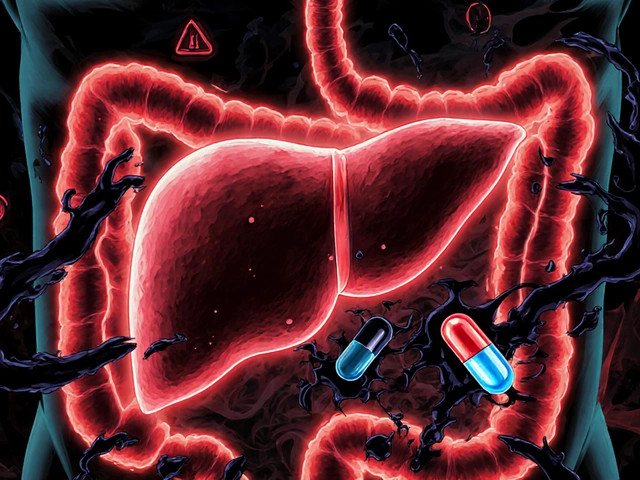

Reviews
Honestly, the whole stiffness discourse feels like a buzzword‑laden echo chamber, where everyone riffs on Young's modulus as if it's the only metric that matters. The article throws around terms like "visual weight" and "rigidity" without ever grounding them in real‑world design constraints. It’s as if the author assumes we’ve all got a material science degree tucked under our elbows. Sure, stiffness influences perception, but it’s also entangled with texture, color, and cultural context. Throwing a chart of GPa values at us doesn’t automatically make us design better, it just makes the piece sound academic.
Nice points, Melissa. Just a small note: "entangled with texture" reads better as "intertwined with texture." Your observation about cultural context adds a valuable layer to the discussion.
I think the article does a solid job of breaking down the basics for newcomers. The way it separates steel, aluminum, hardwood, polymer, and digital media makes the concept tangible. It also gives practical take‑aways, like pairing a stiff core with softer accents. That balance is exactly what we aim for in mixed‑media projects.
While the overview is helpful, it glosses over the nuance of anisotropic stiffness in composites. Not all steel behaves uniformly; heat‑treated alloys can display variable modulus across grain boundaries. Additionally, the claim that "digital vectors are weightless" ignores the visual weight imparted by line thickness and shading. A more rigorous treatment would include stress‑strain curves for each material class. The article also omits the impact of surface finish on perceived rigidity-polished steel feels colder than brushed steel. Finally, the historical references are thin; Bauhaus didn't just use steel for the sake of it, they embraced it as a socio‑political statement.
When I first encountered the stiffness matrix in a design lecture, I thought it was merely a footnote about material science, but it turned out to be the secret scaffolding of visual hierarchy.
The sheer rigidity of steel, with its 200‑210 GPa modulus, doesn't just anchor a sculpture; it imposes an authoritarian narrative that whispers about permanence and industrial might.
Conversely, the whisper‑soft pliability of PLA, languishing at a modest 2‑3.5 GPa, invites the viewer to imagine breathability, impermanence, and a kind of democratic accessibility.
By juxtaposing those extremes, you create a tension that is as palpable as a musical dissonance resolving into harmony.
In practice, this means placing a steel core as a compositional fulcrum and allowing delicate polymers to cascade around it like ribbons of possibility.
The visual weight of the stiff component pulls the eye, while the softer elements trail off, suggesting motion and narrative progression.
From a psychological standpoint, rigidity signals control, safety, and sometimes oppression, whereas flexibility signals freedom, vulnerability, and organic growth.
Designers can exploit this duality to guide emotional responses without uttering a single word.
Historical movements such as Bauhaus weaponized this very principle, using geometric steel frames to embody the ideal of a rational, machine‑driven society.
Minimalists later stripped away ornamentation, letting the raw stiffness of materials speak for themselves, a stark declaration of ‘less is more’.
In the digital realm, vectors are technically weightless, but their crisp edges mimic the visual certainty of a stiff material, reinforcing brand solidity.
When you pair a solid, immovable button with a floating, translucent call‑to‑action, you subtly communicate which action is trustworthy and which is exploratory.
If you over‑load a composition with stiffness, the piece can feel oppressive, like a room without windows; a strategic injection of softness restores breath.
Conversely, if the soft elements dominate, the piece may lose authority, drifting into the realm of the ambiguous.
Ultimately, mastering stiffness is less about the numbers on a chart and more about the stories you coax out of material behavior, sculpting perception as deftly as a master carpenter shapes wood.
Got it, thanks 😊
Stiffness is a language; it whispers authority or sighs flexibility. Use it mindfully to shape narrative.
yeah i think the article could've used more real world exampels, like how lwo‑density filament behaves vs high density in 3d prints. also, some terms were a bit overcomplicated for thea average reader.
Love the practical tips at the end. Sketching a stiff vs soft shape is a great quick exercise. I’ll try it with a metal rod and a fabric drape tonight.
Honestly, the piece feels morally lax, treating stiffness as a mere aesthetic gimmick. It sidesteps the responsibility artists have to consider how rigid forms can enforce oppressive power structures. By glorifying steel without critiquing its industrial exploitation, the article unintentionally perpetuates a harmful narrative. We should challenge, not celebrate, the unexamined reverence for “hardness.”
I appreciate the balanced perspective presented and look forward to further discussion on integrating material properties into design workflows. Your insights were both informative and respectfully articulated.